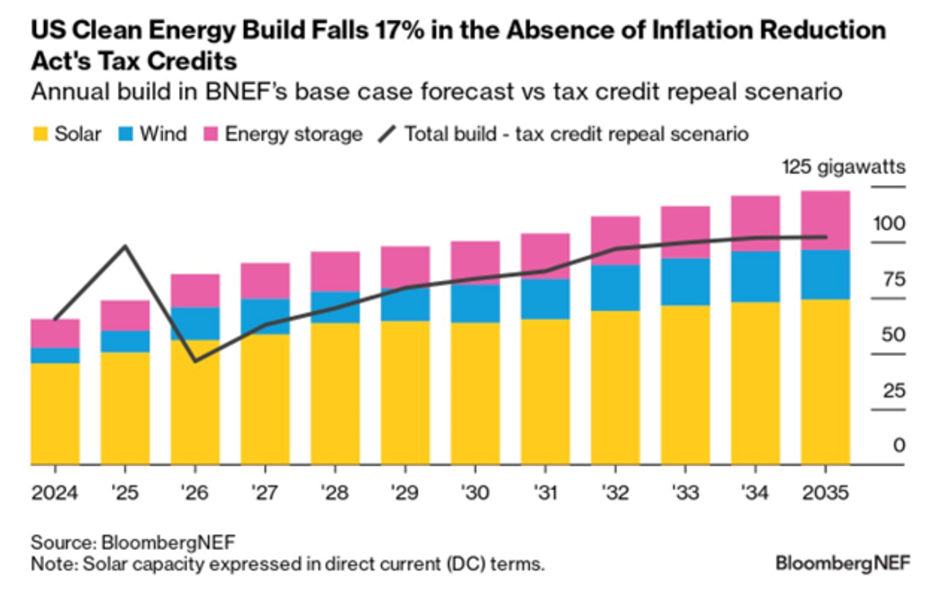Its Summer - Catch the EU Renovation Wave
- Gabriel Thoumi

- 20. Aug. 2024
- 2 Min. Lesezeit

Europe is making significant efforts to become climate neutral and the first climate-neutral continent in the world. Given that 75% of Europe’s buildings are energy inefficient while more than 80% of these same buildings with be in use in 2050, and that buildings are responsible for about 40% of total energy consumption in the EU and 36% of greenhouse gas emissions from energy, decarbonizing the EU’s buildings must occur if we are going to align with the goals of the Paris Agreement.
Analysis suggests that.
For every €1 million invested in energy renovation of buildings, 18 jobs are created in the EU.
The number of jobs created per €1 million invested varies across the EU depending on national circumstances and employment cost: Croatia, 29; Estonia, 17; Finland, 16; Italy, 15 and Spain, 18
At national level, researchers found that it costs €14,000 to create a job in construction in Spain, while it costs Spain €20,000 to support the same worker if they are unemployed.
For each €1 of public money spent on energy renovation, the Spanish government gets €0.62 in return within one year, mainly via taxation.
Well-designed and executed energy renovation of hospitals reduces the average patient stay by about 11%, producing potential savings of about €45 billion per year to the healthcare sector
Meanwhile, the EU’s construction industry is core to its economy. The sector provides 18 million direct jobs and contributes to about 9% of the EU’s GDP.
Yet over the past five years, the EU economy has grown on average 1% lower than that of the U.S. while forecasts suggest that this growth lag will continue in the long term. One key reason is the costs of energy prices in the EU.
In response to these issues, the EU Commission passed the Energy Performance of Buildings Directive (EPBD). The EPBD uses the energy efficiency first principle. This principle states that the reductions in greenhouse gas emissions generated from energy efficiency renovation should focus on insulation (wall, roof, floor), replacement of external joinery and HVAC systems, and treatment of thermal bridges to ensure the necessary comfort of the occupants throughout the seasons while reducing primary energy demand by 60%, depending on the building type.
The EPBD will drive an EU Renovation Wave as it requires:
Residential buildings will have to achieve energy performance of at least ‘E’ by 2030 and ‘D’ by 2033 (on a scale from ‘A’ to ‘G’).
Non-residential and public buildings would have to achieve the same ratings by 2027 and 2030, respectively.
Zero emission requirement for new buildings starts in 2030.
16% and 26% of the worst performing residential buildings must be renovated by 2030 and 2033.
Member states can support determining the pace of implementation.
With 40 million Europeans unable to afford to heat their homes properly in 2022, the EU Renovation Wave will help tackling energy poverty while driving significant emissions reductions.









Kommentare